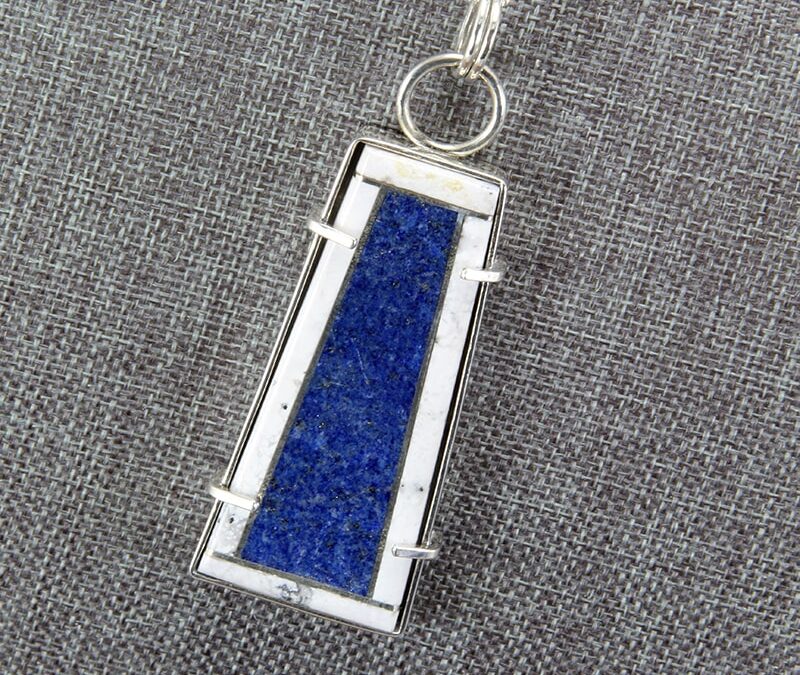Sterling silver jewelry has been a popular choice for centuries due to its lustrous finish and versatile nature. But, does 925 sterling silver hold value? This is a question that many jewelry enthusiasts and potential investors often ask. In this blog post, we will explore the intrinsic value of sterling silver, its investment potential, and factors that influence its market price.
Understanding 925 Sterling Silver
Before we delve into the value aspect, it’s important to understand what 925 sterling silver is. The ‘925’ in sterling silver refers to its purity – it contains 92.5% pure silver and 7.5% other metals (usually copper). This alloy is used because pure silver is too soft for creating durable items; by adding other metals, the durability and hardness are increased without compromising the beautiful shine that makes silver so desirable.
The Value of Sterling Silver Jewelry
So, does sterling silver hold value? The short answer is yes. Sterling silver is valuable because it contains a high percentage of pure silver. However, it’s worth noting that the value of sterling silver jewelry isn’t just based on the current market price of silver alone.
The craftsmanship, design, brand name, and any historical or cultural significance can also add to the piece’s overall worth. For instance, a simple sterling silver ring might not fetch much if you were to sell it as scrap metal based on weight alone. But if that ring was crafted by a well-known designer or belonged to a famous person, its value could be significantly higher.
Investment Potential of Sterling Silver
While gold often gets all the attention when it comes to precious metal investments, sterling silver also offers an affordable alternative for those looking to diversify their portfolio. It’s less expensive than gold or platinum but still holds intrinsic value due to its high content of pure silver.
Moreover, as demand for sterling silver jewelry continues to rise, especially among younger consumers who appreciate its affordability and versatility, the potential for return on investment increases. However, it’s essential to remember that like any investment, the price of silver can fluctuate due to various economic factors.
Factors Influencing the Value of Sterling Silver
Several factors can influence the value of sterling silver. The most obvious is the current market price of silver. This can be affected by supply and demand dynamics, geopolitical events, and economic indicators.
Another factor is the condition of the piece. Sterling silver can tarnish over time if not properly cared for, which could decrease its value. On the other hand, a well-maintained piece or an antique in good condition could be worth more.
The weight of the silver in the piece also plays a role in determining its value. The heavier a piece is, the more silver it contains, and therefore it will generally be worth more.
Lastly, as mentioned earlier, factors such as design quality, brand name or designer reputation and any historical or cultural significance can also add value to sterling silver jewelry.
The answer is yes – 925 sterling silver does hold value. Its intrinsic worth comes from its high content of pure silver. However, other factors such as design quality, brand reputation and historical significance can also contribute to its overall worth.
Whether you’re considering buying sterling silver jewelry for personal use or as an investment, it’s important to understand these aspects that contribute to its value. With proper care and maintenance, your sterling silver pieces can retain their beauty and value for years to come. All my jewelry is made of sterling silver and I make earrings, pendants, and rings. All are available in my web store.











